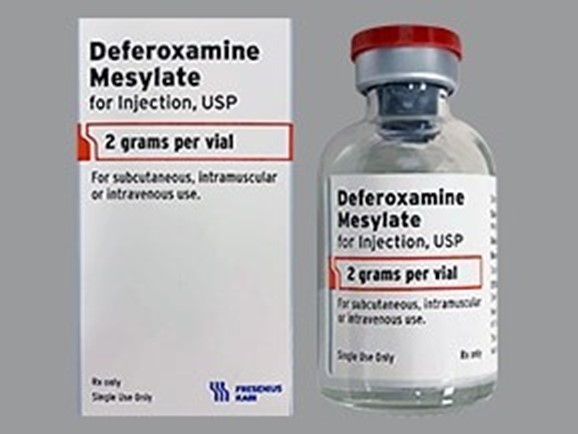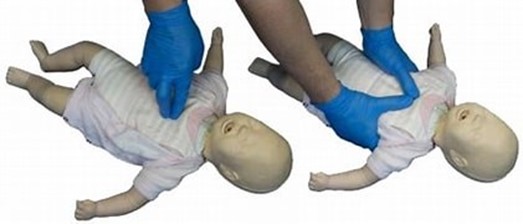A nurse is caring for an infant in a provider's office. Medical History Diagnosis: Nurse's Notes Upper respiratory infection Provider prescriptions: Vital Signs • Amoxicillin and clavulanate suspension 225 mg PO twice daily for 10 days Ibuprofen liquid 50 mg PO every 6 to 8 hr, maximum 4 times daily, to treat fever Which of the following actions should the nurse take next to provide appropriate care for the infant?
Administer the Amoxicillin and clavulanate suspension immediately
Administer the Ibuprofen liquid immediately
Wait and monitor the infant's symptoms before administering any medication
Contact the provider to clarify the dosage and frequency of medication administration
The Correct Answer is D
Contact the provider to clarify the dosage and frequency of medication administration.
The nurse should always verify the dosage and frequency of medication administration with the provider before administering any medication to ensure the safety and well-being of the infant.
Choice A is not an answer because the nurse should verify the dosage and frequency with the provider before administering any medication.
Choice B is not an answer because the nurse should verify the dosage and frequency with the provider before administering any medication.
Choice C is not an answer because waiting and monitoring the infant’s symptoms does not address the need to verify the dosage and frequency of medication administration with the provider.
Nursing Test Bank
Naxlex Comprehensive Predictor Exams
Related Questions
Correct Answer is C
Explanation
In the event of a potential poisoning, the first step should be to contact the poison control center for guidance on how to proceed.
Choice A is not correct because rapid infusion of deferoxamine is not the first step in managing iron overdose.
Choice B is not correct because syrup of ipecac is no longer recommended for use in cases of poisoning.
Choice D is not correct because providing a high-carbohydrate meal is not an appropriate intervention for iron overdose.

Correct Answer is D
Explanation
This is the recommended technique for chest compressions on an infant, as it provides adequate blood flow without causing injury12.
Choice A.
Deliver compressions just above the nipple line is incorrect, as this is not the correct location for chest compressions on an infant.
The correct location is below the nipple line, at the center of the chest.
Choice B.
Deliver compressions with the heel of one hand is incorrect, as this is the technique for chest compressions on a child, not an infant. For an infant, two fingers are used instead of one hand13.
Choice C.
Deliver compressions at a depth of 5 cm (2 in) is incorrect, as this is too deep for an infant’s chest.
The correct depth for an infant is about 4 cm (1.5 in) or 1/3 the depth of the
chest12.
Therefore, choice D is the best answer.

Whether you are a student looking to ace your exams or a practicing nurse seeking to enhance your expertise , our nursing education contents will empower you with the confidence and competence to make a difference in the lives of patients and become a respected leader in the healthcare field.
Visit Naxlex, invest in your future and unlock endless possibilities with our unparalleled nursing education contents today
Report Wrong Answer on the Current Question
Do you disagree with the answer? If yes, what is your expected answer? Explain.
Kindly be descriptive with the issue you are facing.
